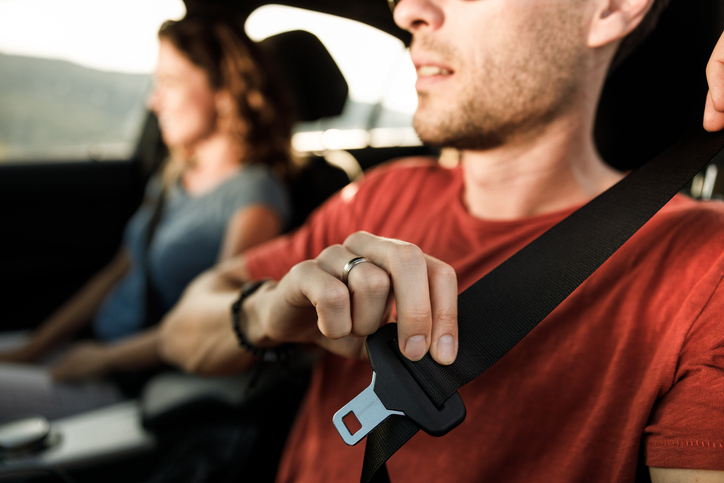Defensive driving is vital for every driver, regardless of experience level. Whether you are commuting daily or embarking on occasional road trips, understanding the core aspects of defensive driving can dramatically reduce your risk of accidents and ensure a safer journey for everyone on the road. From maintaining awareness of your surroundings to anticipating the actions of other drivers, specific strategies will help you stay in control and protected behind the wheel. Join us as we explore how to navigate the roads.
- Stay Alert and Aware: Defensive driving begins with being ready to react to anything. Always keep your eyes on the road and avoid distractions such as mobile phones. You must know your surroundings, including monitoring other drivers, pedestrians, and potential hazards like road conditions and weather changes.
- Follow Traffic Rules: Obey all traffic signs, signals, and lane markings. Speeding reduces your reaction time and increases the severity of accidents. Adhere to speed limits and adjust your speed according to road conditions, especially in areas with high pedestrian activity or adverse weather conditions.
- Maintain Safe Following Distances: Use the “three-second rule” to keep a safe distance from the car ahead of you. This interval should be increased during poor driving conditions or when driving a larger vehicle.
- Anticipate and Plan for All Possibilities: Try to predict possible dangers. For example, if you see a ball rolling onto the street, slow down, as a child may follow it. Be prepared for unpredictable actions from other drivers and pedestrians.
- Yield the Right of Way: Being patient and courteous reduces road rage and accidents. Yield to other drivers and pedestrians even if you technically have the right of way, particularly when it helps avoid conflicts.
- Use Turn Signals: Always signal your intentions to turn or change lanes well in advance. This gives other drivers time to react and can prevent collisions.
- Check Blind Spots: Before changing lanes, always check your blind spots by looking over your shoulder and using your mirrors. Relying only on mirrors can leave you unaware of vehicles close to you.
- Drive Sober and Rested: Never drive under the influence of alcohol drugs, or when overly tired. Impairments significantly decrease your ability to make quick decisions and react to emergencies.
- Adapt to Weather Conditions: Rain, fog, snow, and ice can all reduce visibility and lead to accidents. To avoid this, reduce speed, use headlights when visibility is low, and increase your following distance.
- Attend Defensive Driving Courses: Georgia offers several defensive driving courses certified by the Department of Driver Services (DDS). These courses improve driving skills and can offer benefits like insurance discounts.
Takeaway
By following these guidelines, you can enhance your driving safety, adhere to Georgia’s road rules, and potentially reduce the risk of accidents. Defensive driving is about being proactive rather than reactive, keeping yourself and others safe on the road. If you find yourself in an accident despite your best efforts to drive defensively and avoid one, Gautreaux Law can advise you on the best course of action for your situation.



